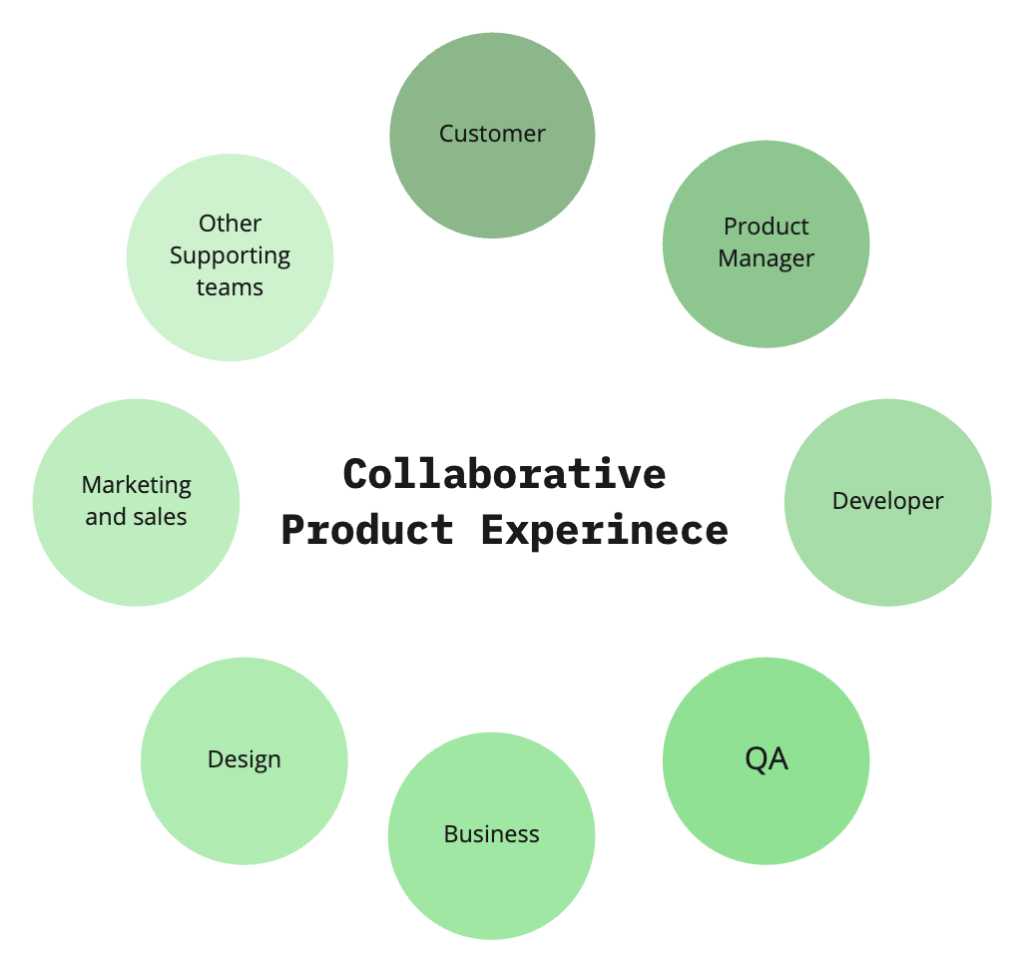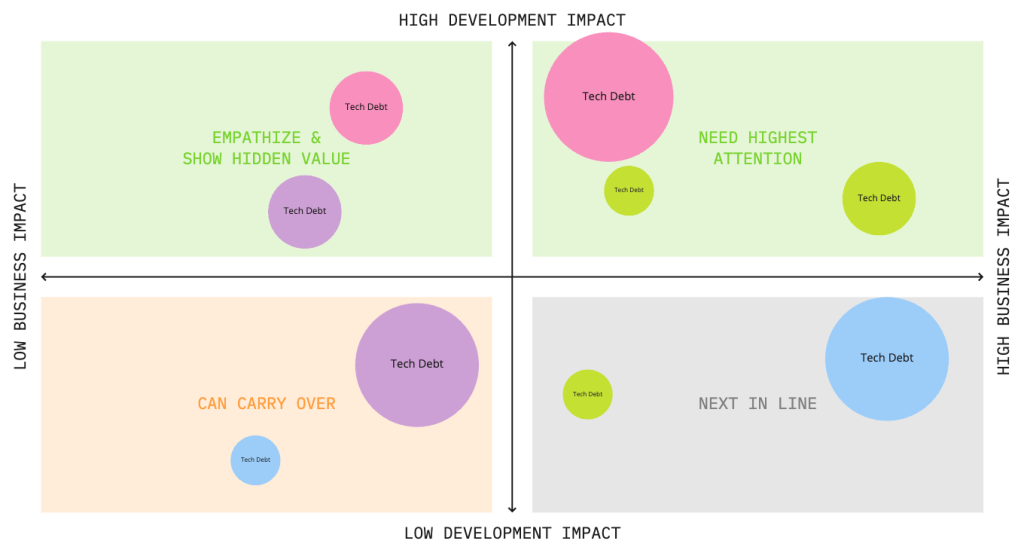Frustrated with technology in your brand’s workflow? Wishing for more business insights? Need a better way to appeal to consumers? Finding the right agency for digital transformation an accelerate your business and innovation goals so that your brand operates more efficiently than ever before.
By doing a quick Google search, you’ll find that there are a plethora of digital transformation agencies to choose from. Doing an audit of your current workflows, honing in on goals and organizing objectives will help you choose the right partner.
Feel a little overwhelmed by your options? We’ve got you covered.
What Will a Digital Transformation Agency Do for My Brand?
When it comes to problematic workflows and less than ideal technology, a digital transformation partner can revolutionize your brand’s digital footprint.
A few improvements to expect include:
- An optimized user’s journey
- A more agile business model
- Become an innovative pioneer in your vertical
- Increase transparency and communication
- Analyze more data at a larger scale
- Implement data-driven business solutions
- A sense of empowerment from reliable technology
- Build a strategic future roadmap
First Things First: Identify Goals
Digital transformation takes into account your current workflows, your customer experience and culture to improve your way of doing things. Using technology, the right digital transformation firm will transform your business.
Before researching the right digital transformation agency, it’s crucial to hone in on your goals. Just a few things to outline include:
- Budget
- Areas of your workflow that are problematic
- Timeline
- Customer feedback and ideas about areas of improvement
- Team members who will manage this project
- Outdated technology
What to Look for in a Digital Transformation Agency
1. Case Studies
Case studies are the best way to get a feel for an agency’s past work and brand alignment. They offer social proof of a digital transformation agency’s experience in your brand’s niche.
You can find case studies on the company’s website and/or you can ask for them from their sales team.
Don’t look for big name brands. Rather, look for a brand fit and proven solutions that are similar to your brand’s needs. Peruse the challenge that the brands in the case studies faced and the solution the digital transformation agency implemented. Do these things line up with your own goals?
2. Scalability
A common pain point that digital transformation agencies solve is overcoming growing pains when scaling your workflows. So be sure to vet your potential partners for the ability to scale the technology solutions they implement.
One of the biggest reasons that brands seek out a digital transformation partner is because they grow too big for their way of doing things and know there is a better solution out there. In order to not run into the same problem again, it’s crucial that your agency can easily scale the solutions they implement.
3. Workflow and Industry Knowledge
Digital transformation is necessary in all industries. So it’s crucial that your partner is familiar with your brand’s objectives and workflows.
Before activating a digital transformation agency, don’t hesitate to ask them interview style questions to determine if their experience is a good fit with your brand. The key question being have they developed or implemented solutions similar to what you’re trying to do at your brand?
It’s a big step to know you need a digital transformation agency and an even bigger step to find someone who is familiar with your industry.
4. Flexibility
It’s important for your digital transformation partner to be flexible in their approach to creating solutions for your brand. Oftentimes, issues will surface mid-project so it’s imperative that the agency you choose is used to being flexible.
Digital transformation should occur based on business needs and not a rigid set of black and white rules. It’s all about adaptation throughout the partnership.
A Technical and Creative Balance
Digital transformation embraces technical knowledge and a creative mindset. Look to your potential digital transformation partners for the implementation of both ends of the spectrum.
Your digital transformation agency should excel in tech solutions but don’t overlook the power of creativity involved. Upon choosing an agency, you will get a dedicated team so be sure that it is diverse and experienced throughout the vetting process.
Starting Your Search for a Digital Transformation Partner?
If you’re looking for a digital transformation partner, Robots & Pencils has the expertise to help. Want proof? We’ve been featured on the Constellation ShortList™in the Digital Transformation Services (DTX): Global category for four years running! Email hello@robotsandpencils.com to start the conversation today.







